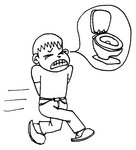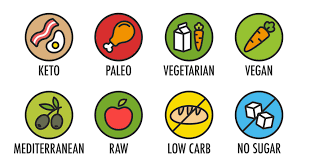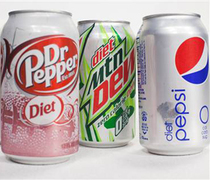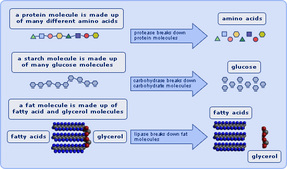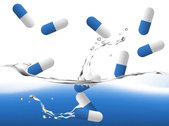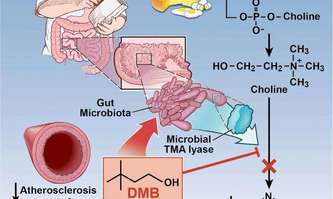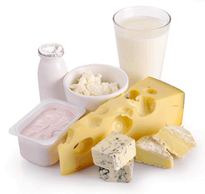
Recommended daily intake for adults is 3 cups.
Amount That Counts as a Cup in the Dairy Group:
1 cup milk
½ cup evaporated milk
8 fluid ounces - 1 small container of yogurt
1 ½ ounces or 2 slices of hard cheese (cheddar, mozzarella, Swiss, Parmesan)
⅓ cup shredded cheese
1 half-pint container calcium-fortified soymilk


